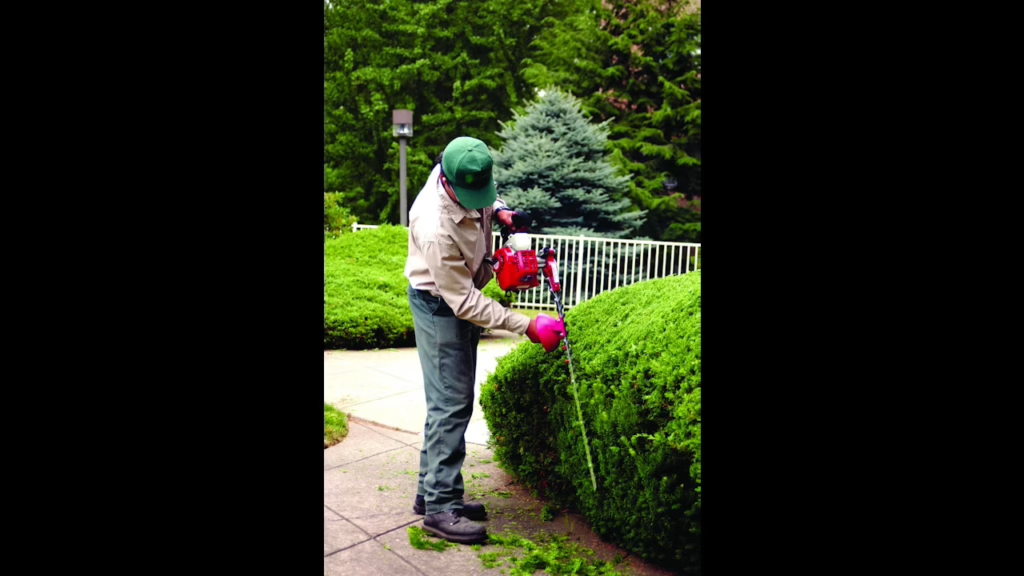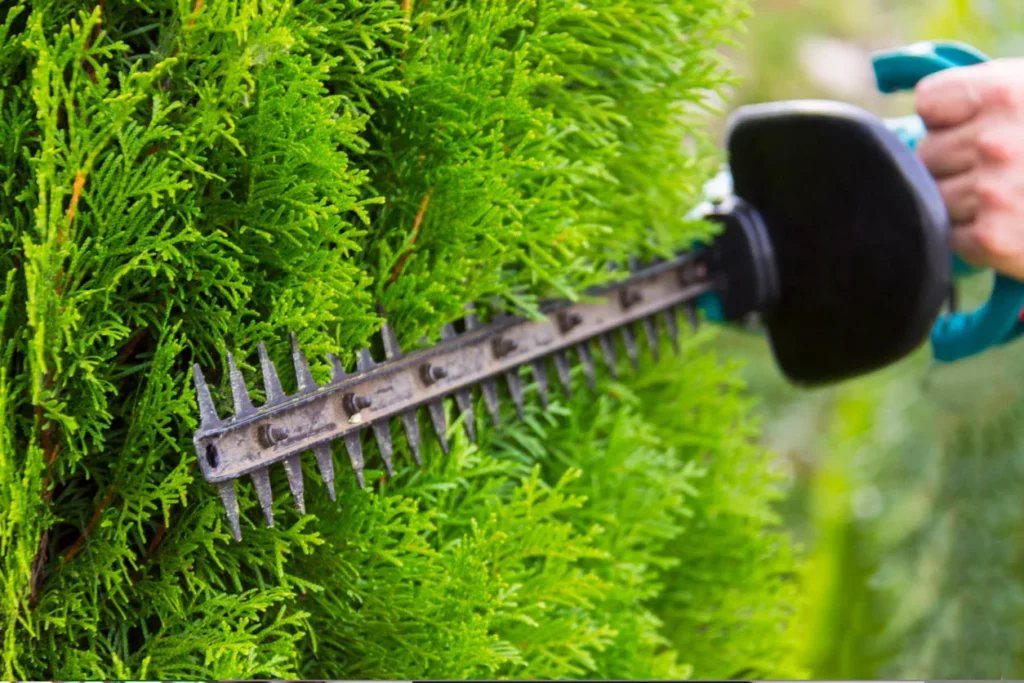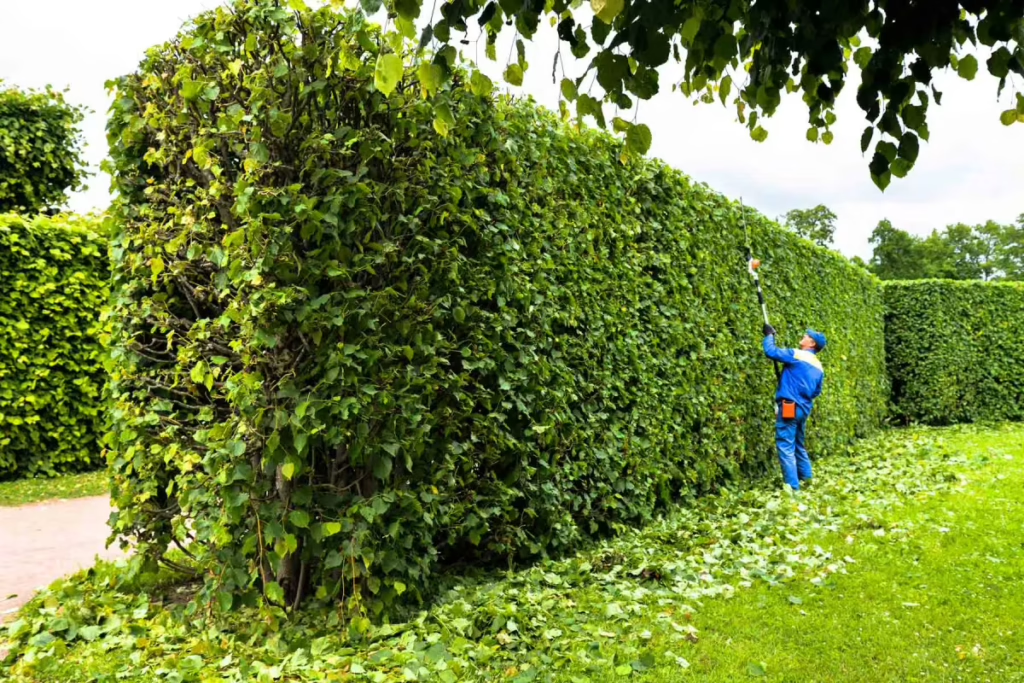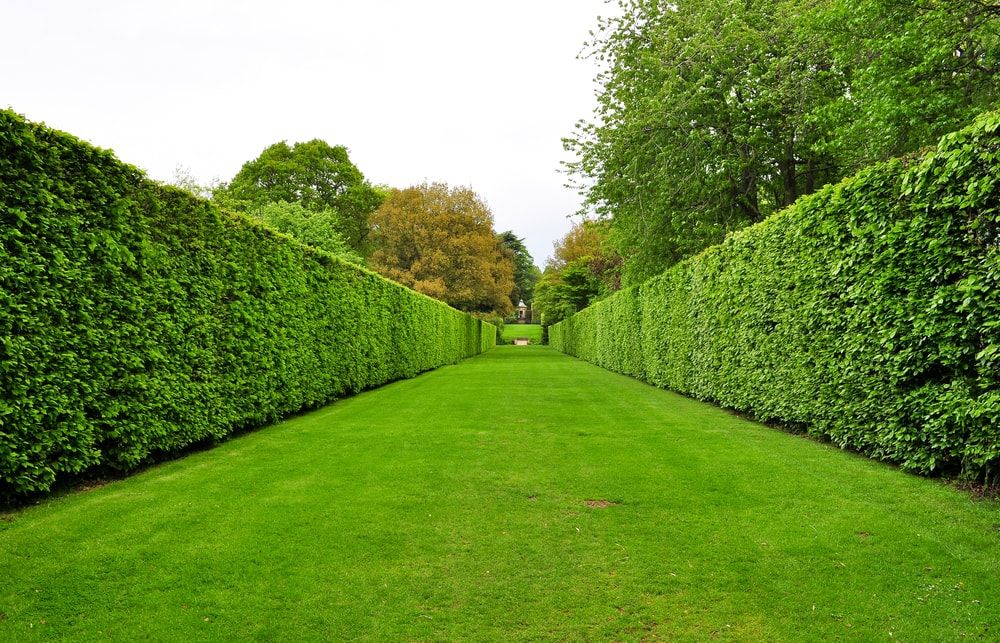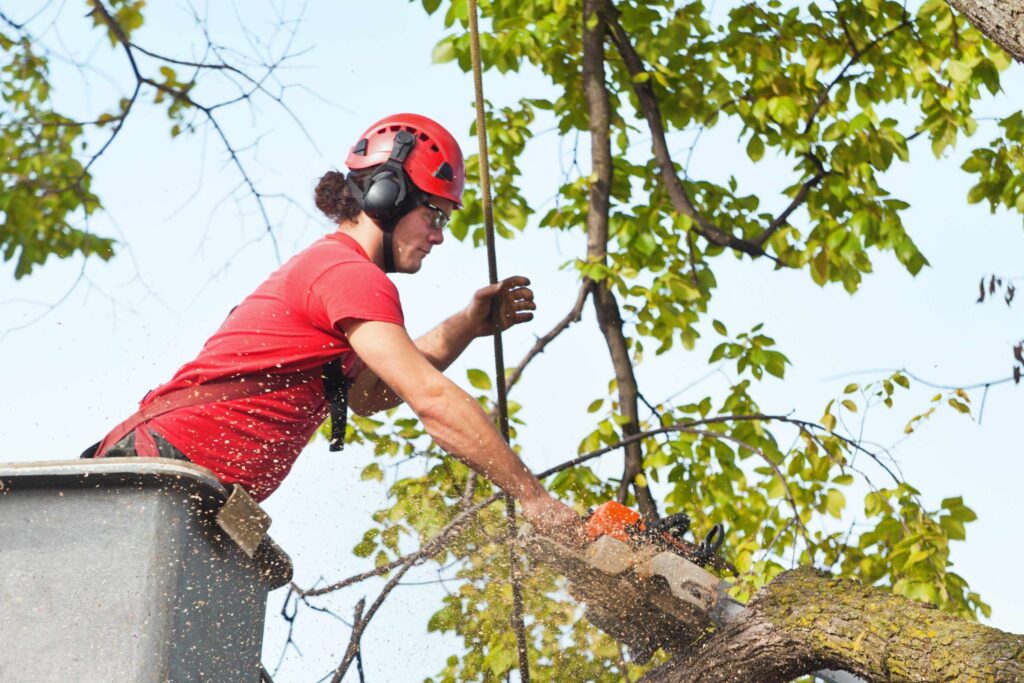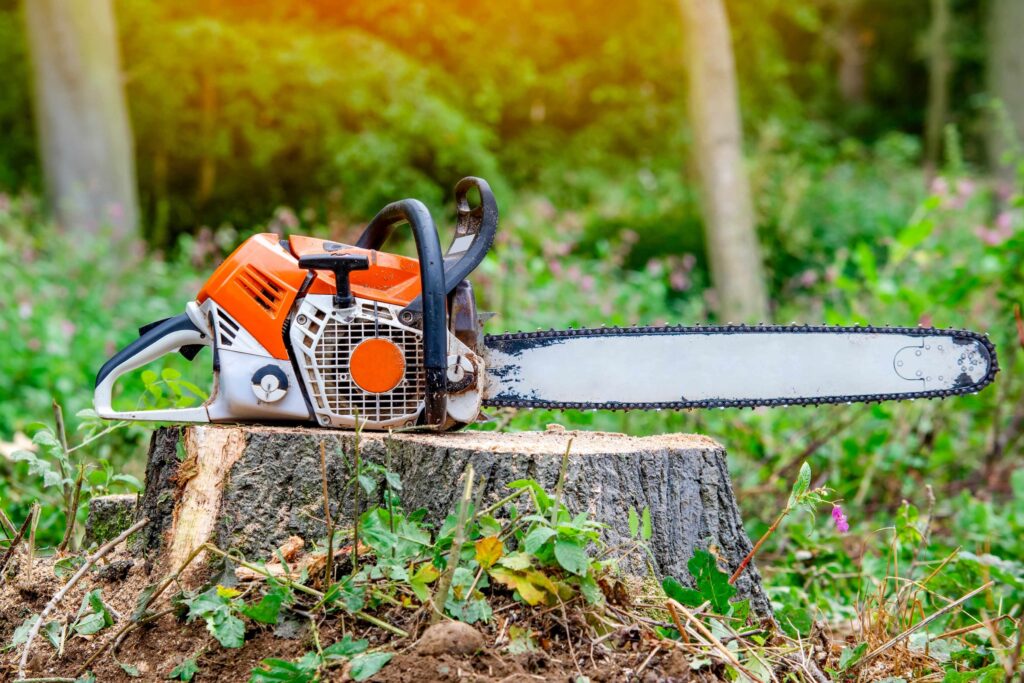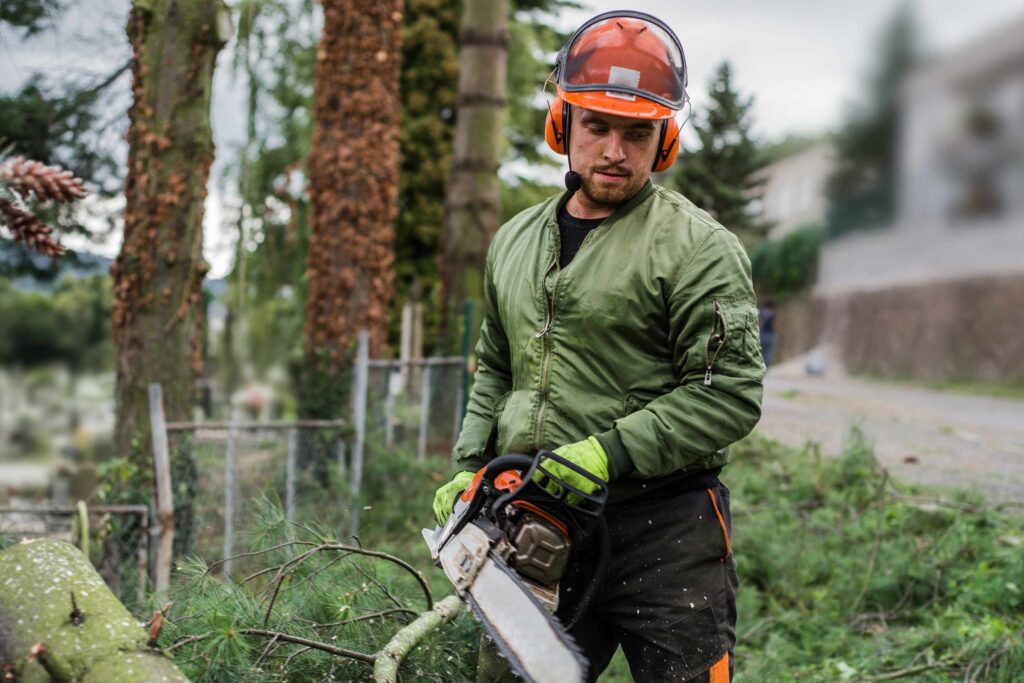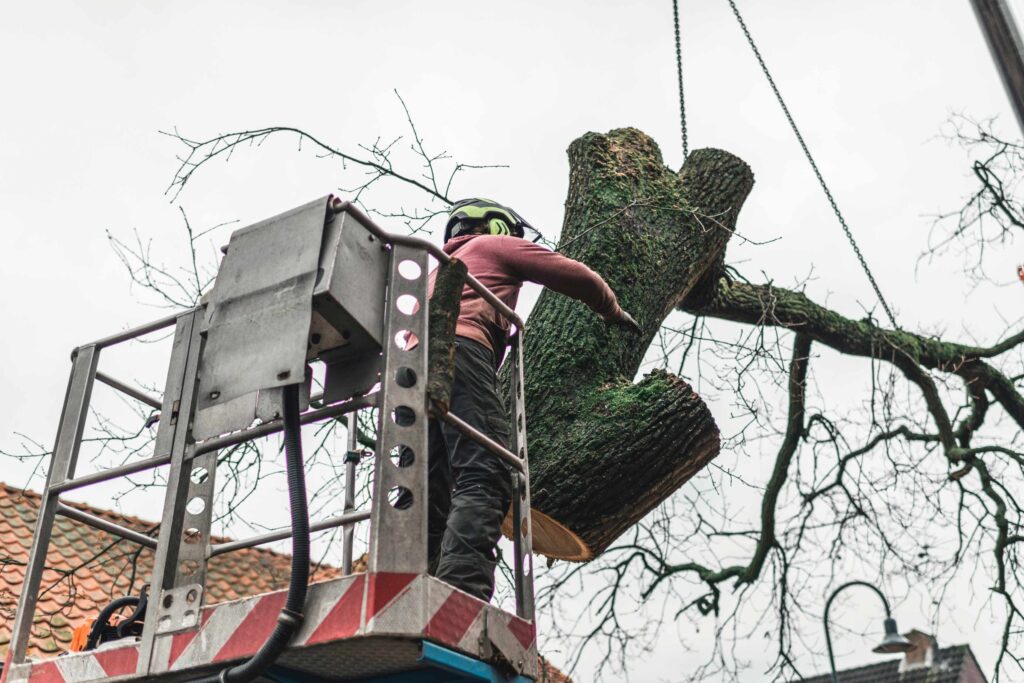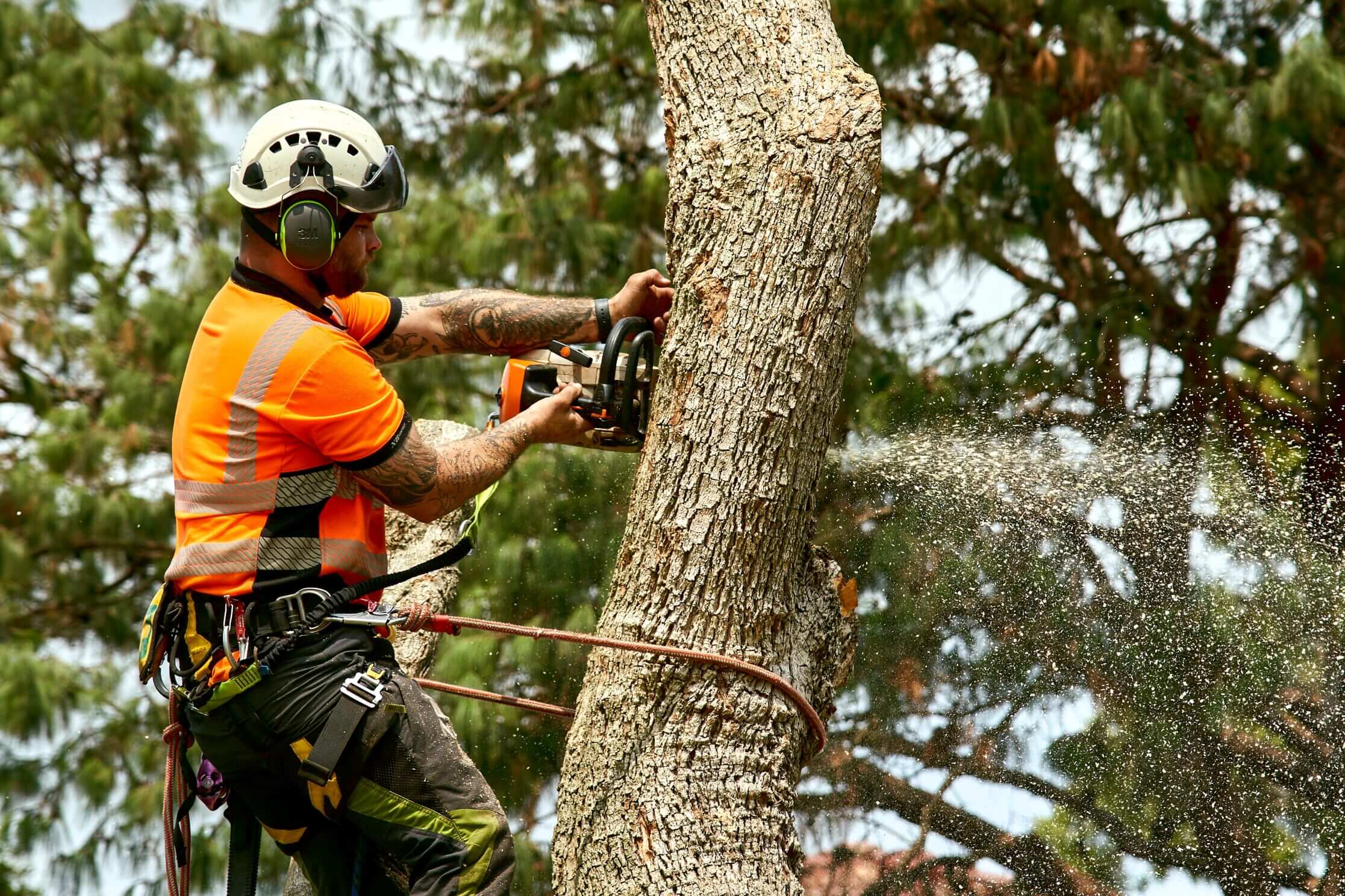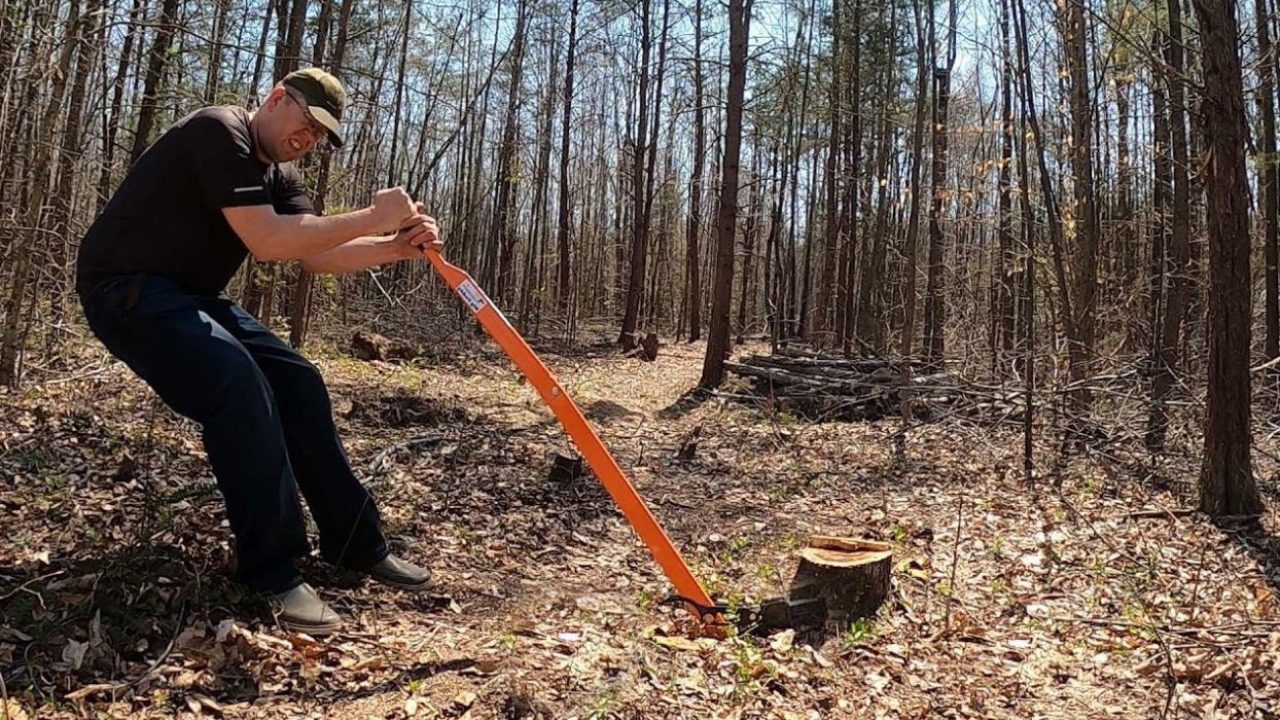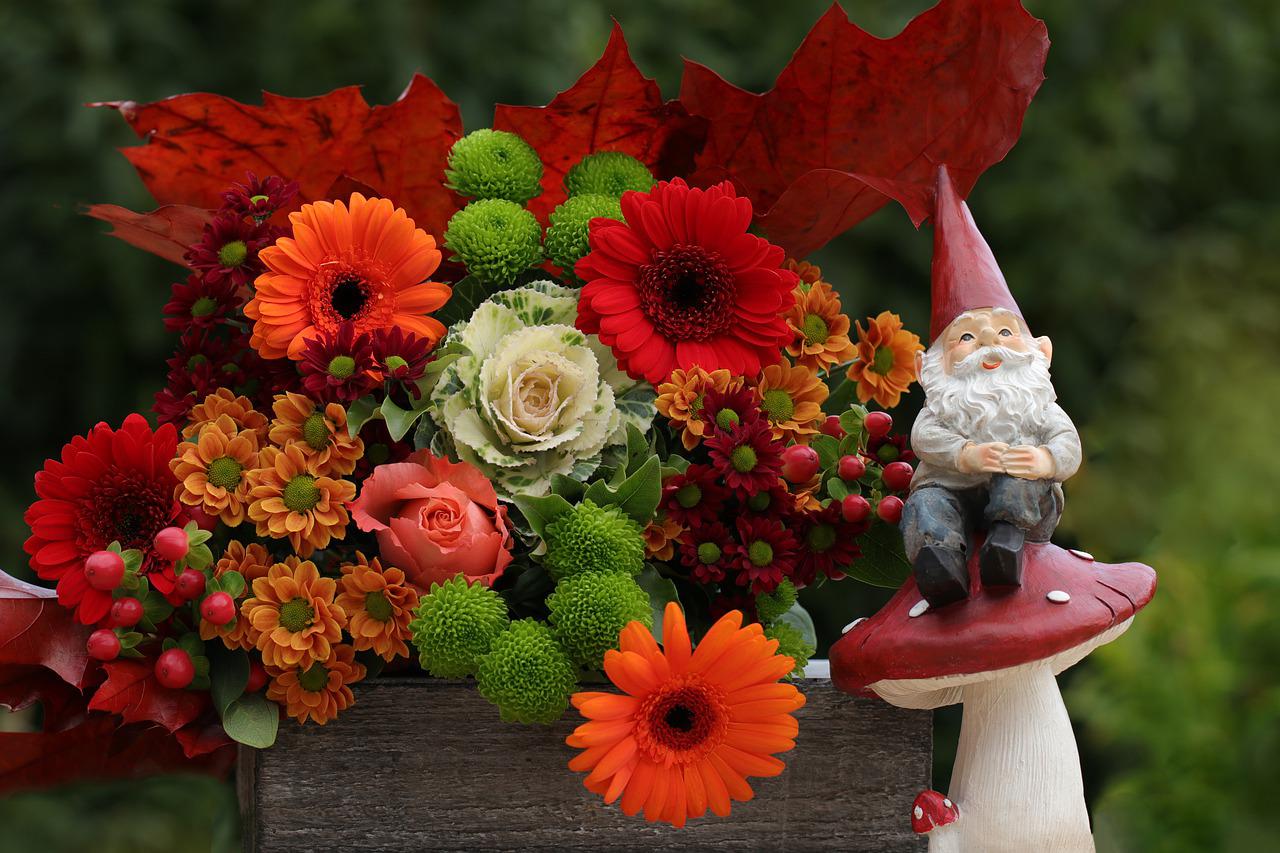Hedge trimming can be a rewarding task that keeps your property looking neat and well-maintained. However, it’s important to remember that hedge trimming can also be dangerous if not done properly. In this article, we will discuss some safety tips to help you protect yourself and your property while trimming hedges.
Understanding the Risks of Hedge Trimming
Before we delve into the safety tips, it’s important to understand the risks that come with hedge trimming. Improper trimming techniques can lead to potential injuries and damage to your property and plants.
When it comes to hedge trimming there are various risks that individuals should be aware of to ensure a safe and successful pruning process. Understanding these risks can help you take the necessary precautions to protect yourself and your surroundings.
Potential Injuries from Improper Trimming
One of the most common risks of hedge trimming is sustaining injuries. Without the proper knowledge and techniques, you may accidentally cut yourself with the trimmers or fall off a ladder while reaching high branches. It’s crucial to familiarize yourself with safe trimming practices to minimize the risk of injury.
Furthermore, overexertion and repetitive motions during hedge trimming can also lead to muscle strains and fatigue. It’s essential to take regular breaks, stretch, and use ergonomic tools to prevent physical strain and discomfort. Click here to learn more about ergonomic tools.
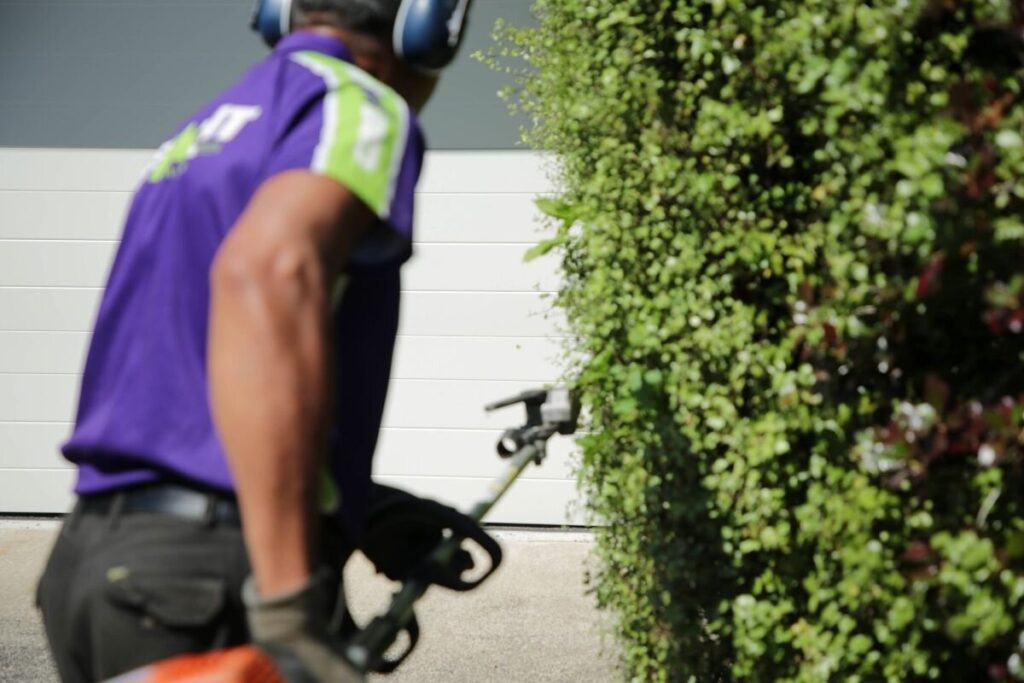
Damage to Property and Plants
In addition to personal injuries, improper hedge trimming can also result in damage to your property and plants. Using incorrect cutting techniques or trimming at the wrong time of year can harm the health and appearance of your hedges. It’s important to understand the proper methods to avoid causing unnecessary damage.
Moreover, when hedges are trimmed too aggressively or without consideration for the plant’s growth patterns, it can result in stunted growth and sparse foliage. This can impact the overall aesthetic appeal of your landscape and hinder the privacy and noise reduction benefits that well-maintained hedges provide.
Preparing for Safe Hedge Trimming
Before you start trimming your hedges, take the time to adequately prepare yourself and your tools. This will help ensure a safe and efficient trimming process. Proper preparation can make a significant difference in the outcome of your hedge trimming efforts, ensuring a neat and healthy appearance for your hedges.
One important aspect of hedge trimming preparation is assessing the condition of your hedges. Check for any signs of disease or pest infestation that may require special attention. By addressing these issues before trimming, you can prevent further spread and promote the overall health of your hedges. Learn more about pest infestation at https://www.eionet.europa.eu/gemet/concept/6149
Choosing the Right Equipment
Investing in high-quality hedge trimmers and other necessary tools is essential for safe and effective trimming. Ensure that your trimmers are sharp and in good working condition to avoid any accidents or inefficient cutting. Additionally, consider using a sturdy ladder or platform if you need to reach higher branches. Having the right tools for the job can make the trimming process smoother and more precise.
Another tool to consider adding to your hedge trimming arsenal is a pruning saw for thicker branches that may be difficult to cut with regular trimmers. This specialized tool can help you tackle larger branches with ease, ensuring a clean and professional-looking finish to your hedge trimming.
Dressing for Safety
Wearing appropriate clothing and safety gear is crucial when trimming hedges. Opt for long-sleeved shirts, long pants, and sturdy work gloves to protect your skin from scratches and cuts. Additionally, safety goggles and ear protection are recommended to safeguard your eyes and ears from flying debris and loud noise. Prioritizing safety gear not only protects you during the trimming process but also promotes a comfortable and focused working environment.
Consider wearing non-slip footwear to maintain stability on uneven ground while trimming hedges. This additional safety measure can prevent accidental slips or falls, especially when working on sloped terrain. By dressing appropriately for the task at hand, you can minimize potential risks and fully concentrate on achieving the desired shape and look for your hedges.
Safe Trimming Techniques
Now that you are equipped with the right tools and attire, it’s time to focus on safe trimming techniques. Adhering to proper methods will help you achieve the desired results while minimizing any risks.
Trimming your hedges not only enhances the aesthetic appeal of your garden but also promotes healthy growth. Proper trimming techniques can prevent diseases by allowing better air circulation and sunlight exposure to the plants.
Proper Handling of Trimming Tools
When using hedge trimmers, always hold them with both hands and maintain a firm grip. Keep your fingers away from the cutting blades and be cautious not to trim too close to your body. It’s also advisable to use a safety harness or strap when operating trimmers from a ladder for added stability.
Before starting any trimming work, ensure that your tools are in good working condition. Dull blades can cause tearing instead of clean cuts, leaving your hedges vulnerable to pests and diseases. Regularly sharpen and lubricate your trimmers to maintain their efficiency.
Safe Cutting Techniques
When trimming hedges, start with the larger branches before moving on to the smaller ones. Avoid overreaching or stretching too far, as this can throw you off balance and increase the risk of accidents. Take breaks as needed and never rush the trimming process, as fatigue can lead to mistakes.
It’s essential to consider the natural shape of the hedge while trimming. Cutting at an angle will help promote new growth and create a denser foliage. Step back occasionally to assess your progress and make adjustments as necessary to achieve a uniform and well-maintained appearance.
Maintenance of Trimming Tools
Regular cleaning and maintenance of your trimming tools is essential to ensure their longevity and safe operation.
Additionally, it is important to lubricate the moving parts of your trimming tools regularly to prevent rust and ensure smooth operation. Use a light machine oil or silicone spray to keep the blades and handles in good working condition.
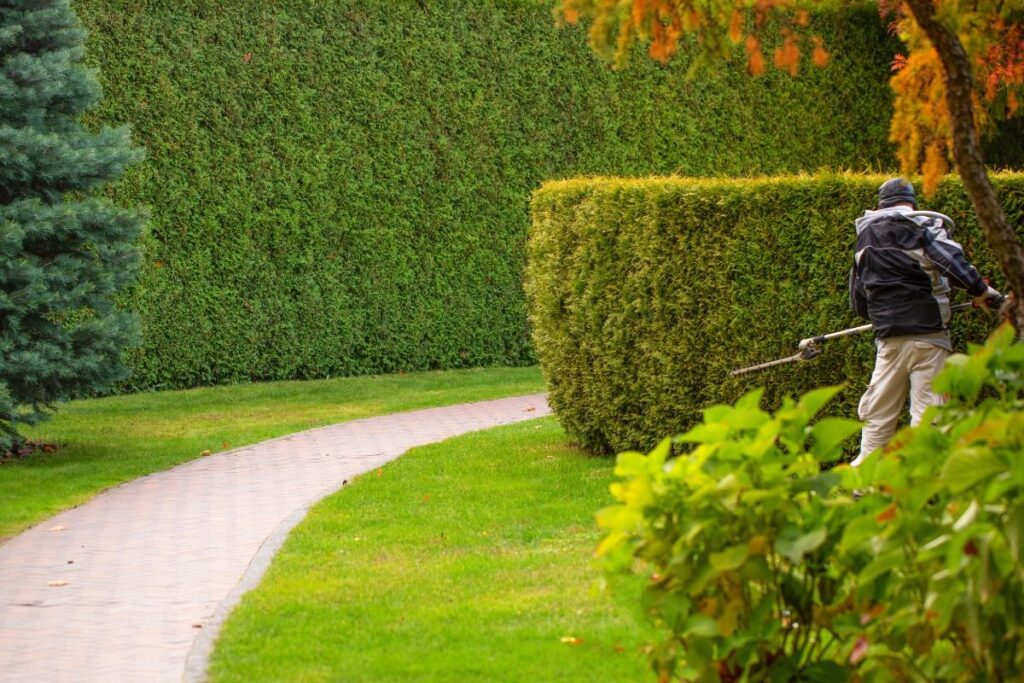
Regular Cleaning and Inspection
After each use, clean the blades of your hedge trimmers thoroughly to remove any debris or sap that could affect their performance. Periodically inspect the trimmers for any signs of damage or wear and make any necessary repairs or replacements.
Moreover, sharpening the blades of your trimming tools is crucial for maintaining their cutting efficiency. Use a sharpening stone or file to keep the blades sharp and ready for use. Dull blades can damage your plants and strain the motor of your trimmers.
Safe Storage of Trimming Tools
When you’re finished trimming your hedges, store your tools in a dry and secure location. Keep them out of reach of children and ensure that the blades are covered to prevent accidental injury. Proper storage will prolong the lifespan of your tools and reduce the risk of accidents.
Furthermore, consider investing in a storage case or rack specifically designed for trimming tools to keep them organized and easily accessible. Hanging your tools on a pegboard or storing them in a dedicated shed will also help prevent clutter and potential damage from being knocked around.
Emergency Preparedness
Despite taking all necessary precautions, accidents can still happen while trimming hedges. Being prepared for emergencies is crucial to handle any potential injuries or incidents.
One important aspect of emergency preparedness that is often overlooked is having a designated emergency contact list readily available. This list should include contact numbers for local emergency services, neighbors, and family members who can assist in case of an accident. Having this information easily accessible can save valuable time in getting help when needed.
First Aid for Trimming Injuries
Equip yourself with a first aid kit that includes bandages, antiseptic, and any necessary medication. In case of minor cuts or injuries, provide immediate first aid to reduce the risk of infection. If the injury is severe or if you experience any dizziness or heavy bleeding, seek medical attention immediately.
Additionally, it’s beneficial to undergo basic first aid training to equip yourself with the knowledge and skills needed to handle emergencies effectively. Knowing how to properly administer first aid can make a significant difference in the outcome of an injury.
When to Seek Professional Help
While many homeowners enjoy the satisfaction of trimming their own hedges, there may be instances when it’s best to leave the task to professionals. If you have large, overgrown hedges or if you feel unsure about undertaking the trimming job yourself, it’s wise to call in an experienced landscaper who can safely and efficiently handle the task.
Remember, professional landscapers not only have the expertise to trim hedges effectively, but they also have the necessary safety equipment to prevent accidents. It’s important to prioritize safety over convenience when it comes to maintaining your outdoor space.
By following these safety tips, you can ensure a successful and safe hedge trimming experience. Protecting yourself and your property should always be the top priority when engaging in any landscaping activities. Happy trimming!
Other resources: Cost of Hedge Trimming Factors That Affect Pricing

